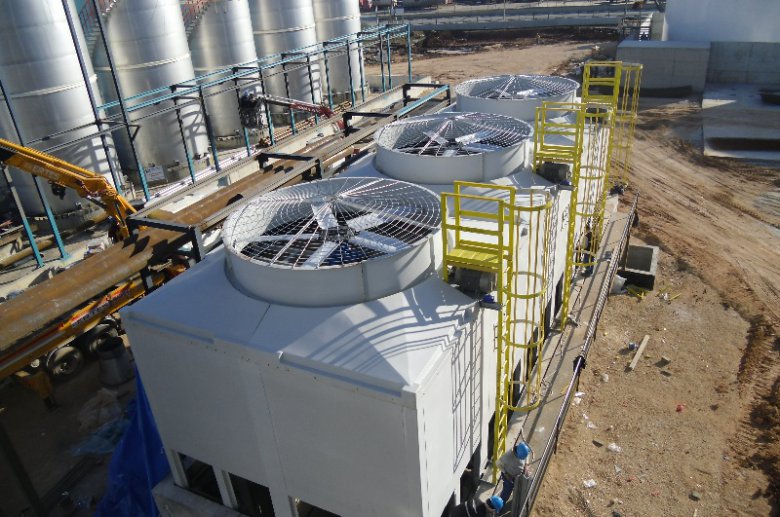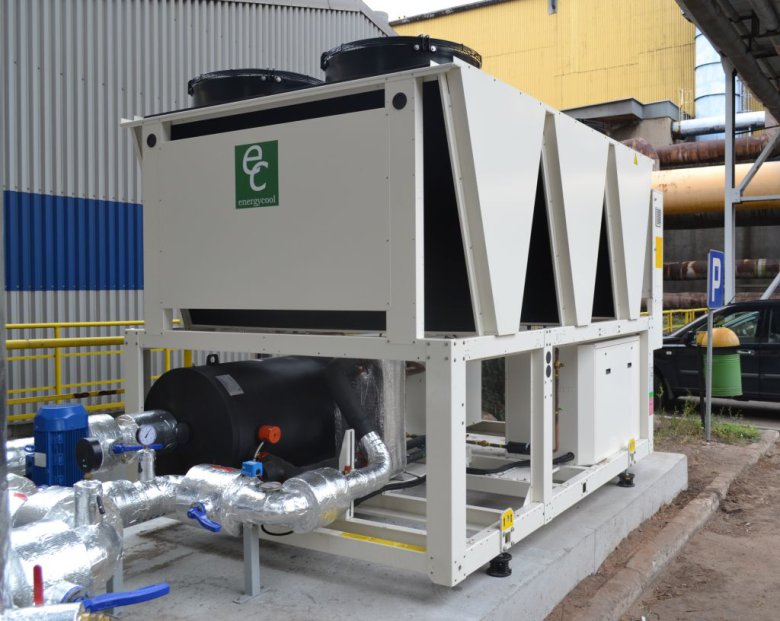- April 19, 2024

Air conditioning systems are based on various types of units, which allow you to cool the air in the interior of buildings, as well as taking care of maintaining the appropriate, desired level of humidity in them. Compressor units, so-called chillers, as well as absorption units, called absorption chillers, are used.
Air conditioning in hotels, restaurants, public buildings or production plants can operate on the basis of ice water. Systems that use it must have a device that produces the refrigerant. An ice water generator enables evaporative cooling. These systems work with chillers with free cooling, which allows to reduce the costs of air conditioning. Thanks to this technology, it does not require large amounts of energy, so the investment has a chance to pay for itself in a relatively short period of time.
Refrigerated water with chillers in air-conditioning systems is a cooling factor. It is created in generators working in a system with indirect evaporation. This system includes a compressor unit, evaporator, condenser, expansion valves, tanks, filters and control system.
There are at least several types of chillers - piston, screw, spiral and flow chillers, separated according to the type of compressor used. If the starting point is a condenser type, devices with spray evaporative condenser, air-cooled condenser or water-cooled condenser are currently available. The task of the chiller is to cool down the water that enters the pipe system from the source from the receivers located in air-conditioned rooms. The installation can be adjusted by means of fittings.
Ice water alone is not just cold water, but a solution of clean water with low-freezing agents, because it can freeze at 0 degrees Celsius. The solution may consist of brine, ethylene glycol or propylene glycol with water. The chilled water system can supply any number of target units in the rooms of an air-conditioned facility. Ice water is generated by a generator, i.e. an aggregate in which compressors (hence the name of the compressor aggregate) of spiral, screw or radial type are used.

Absorption cooling in an air-conditioning system uses an absorption unit, which, similarly to the compressor units described above, consists in cooling the air through local temperature reduction caused by evaporation of the refrigerant at a pressure below boiling pressure. The final cooling effect depends on the amount of evaporated liquid and the evaporating heat used in the refrigerant system.
In absorption aggregates, the cooling process takes place in a cycle of evaporation and condensation, similar to that of compressor aggregates, although mechanical compression of the medium has been replaced by chemical processes that occur in conditions close to vacuum. They are activated by continuously supplying heat to the pump-motor unit.
An absorption chiller produces coolness by using thermal energy in the absorption process. From the chemical definition it follows that absorption is a phenomenon and a process of absorption of a gaseous substance in the whole volume of a liquid substance. This does not require the supply of expensive electricity required for the operation of chilled water chillers. The energy supplying the absorption unit is heat, which occurs in the form of hot water or steam. The chill generated in the chiller of this type can be used for technological processes or for air conditioning of rooms. Very often such solutions based on absorption cooling are used in industry and heating, but more and more often they are found in trigeneration systems in office buildings. This is due to their high energy efficiency and the environmental aspect of the solution.